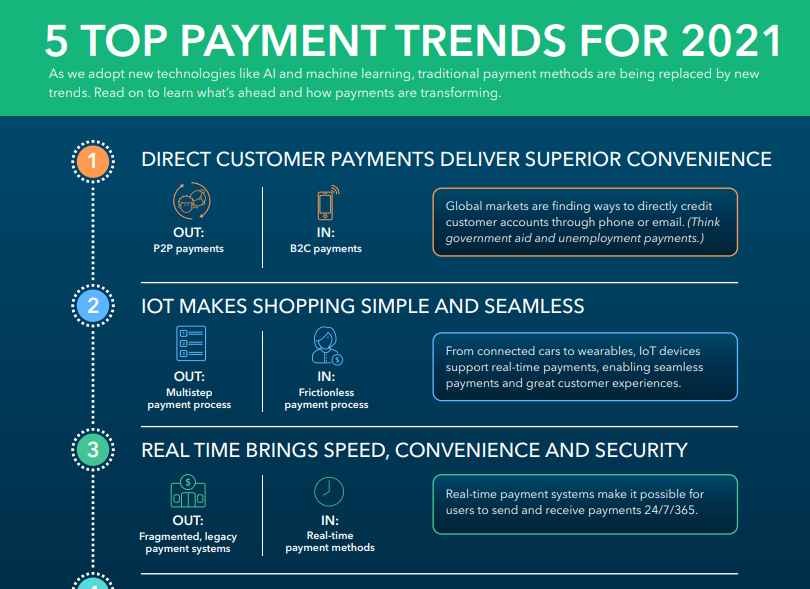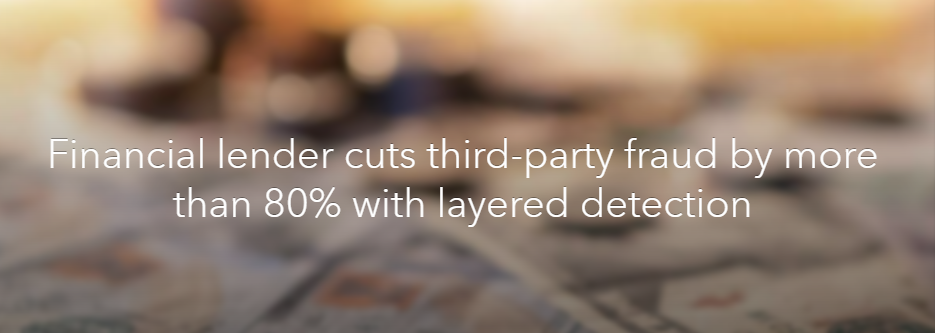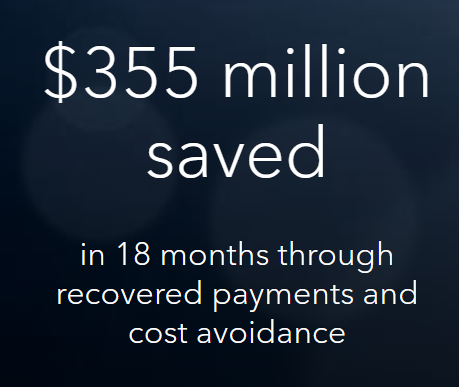Across the globe, organizations lose an estimated 5 percent of their annual revenues to fraud, according to the 2020 ACFE Report to the Nations on Occupational Fraud and Abuse.
Revenue loss certainly grabs attention from business leaders across industries – but fraud affects all of us. It can take aim at a deeply personal level, such as with identity theft. It also spirals up to the level of massive fraud schemes stemming from organized crime rings.
Let’s look at five types of fraud to learn how they work and how analytics helps us fight back.
1. Synthetic identity fraud: What you can’t see can hurt you
Synthetic identity fraud happens when a criminal combines real and fabricated credentials to create a new, implied identity that’s not associated with a real person. Criminals invent fake identities, assemble them from various sources, or make them by changing breached data.
Synthetic identity fraud is popular with criminals because it’s one of the hardest types of fraud to detect. This type of fraud is elusive. With no real person behind the identity, there's no one to complain.
Fortunately, analytics, big data and artificial intelligence (AI) can defeat synthetic. AI is especially effective because it evaluates the connections (or lack thereof) among customers, devices, open accounts and account data. And it quickly detects patterns and anomalies that indicate synthetic identity fraud.

2. Payment fraud – it’s evolving fast
When it comes to payment fraud, people are the weakest link in the chain of events that leads up to the crime. Payment fraud happens when a criminal steals a person’s private payment information – or dupes them into sharing it – then uses it for a false or illegal transaction.
Rapidly changing trends in the payment ecosystem have heightened the urgency around this type of fraud. Consider the push for new, innovative payment services by fintechs, challenger banks and payment service providers (PSPs). Along with cashless payments, we’re now seeing instant payments and evolving digital payment like mobile wallets, person-to-person and overlay services.
This fast-changing payment scene opens new opportunities for fraudsters to exploit. And fast payments mean fast fraud.
To respond effectively, banks and PSPs need to incorporate adaptive real-time fraud detection systems, for both outbound and inbound payments. They also need to take a more holistic view of payer and payee accounts.
It’s not enough to rely on purely rules-based detection approaches that take days to implement. The best way to combat payment fraud is with machine learning techniques and behavioral profiling. Such techniques can quickly adapt and learn to spot anomalies in behavior.
3. Unemployment fraud meets analytics
Fraudsters know that crisis tends to create confusion, leading to mistakes and process gaps. That’s why the COVID-19 pandemic resulted in an abundance of unemployment fraud.
Consider, for example, that unemployment insurance fraud from Scattered Canary – just one crime ring – grew to $576 million.
Some of the schemes used with unemployment fraud involve providing false, misleading or inaccurate information. This is often done with personal information from stolen identities.
Using analytics, state agencies can identify and address the highest impact threats first, then shift to lower-level risks. It’s most effective to analyze claims by the hundreds or thousands to identify anomalies and patterns across groups of claims – then flag these issues to staff.
It also helps to go deeper. Looking into broad patterns of employer wage filings or claimants’ work history, for example, can uncover deep discrepancies that clearly point to identity theft and unemployment fraud. With an analytics and cloud-based solution, agencies can raise visibility so that all suspicious claims and risks are exposed collectively.
4. Third-party fraud – adapting to threats in real time
Most people who apply for loans do it legitimately – but not all applicants have good intentions. Third-party fraud – also known as identity theft – is when someone uses your identity to take out a loan in your name. Consider an example from Axcess Financial, a payday loan provider.
As business grew, Axcess Financial saw the number of fraudulent applications growing as well. The result was substantial monetary losses – despite its traditional fraud detection measures.
To detect and adapt to new identity fraud trends in real time, Axcess Financial chose a cloud-based, software-as-a-service solution from SAS. The solution brings together multiple authentication data providers for rapid, centralized authentication of digital users. From here, the company can pinpoint which type of fraud is occurring (third-party, first-party or synthetic fraud) – then segment transactions accordingly to mount appropriate defenses.
A layered approach to fraud detection has proven most effective for Axcess Financial. Now the company quickly weeds out fraudsters using a variety of methods – know-your-customer (KYC) screenings, negative files, fraud rules, behavioral biometrics, device printing and anomaly detection via machine learning. As results are fed into the system, accuracy increases.
5. Health care fraud: How AI-powered fraud detection helps
Fraud costs health care organizations billions of dollars each year. And estimates show that only around 10% of this fraud is ever detected.
Prime Therapeutics is a pharmacy benefit manager (PBM) that manages prescription drug benefits on behalf of health insurers by negotiating with drug manufacturers and pharmacies. While PBMs are adept at detecting fraud, waste and abuse in drug dispensing, they tend to lack visibility on the medical benefit side.
Originally, Prime kept data in multiple databases and data stores. Because it couldn’t effectively connect and analyze all relevant data sources, it was difficult to stop fraud committed by prescribers and members.
With an advanced analytics solution from SAS, Prime consolidates data from pharmacies, medical drug claims and medical services. Applying AI and machine learning capabilities to this comprehensive data set enables the organization to detect and prevent fraud, regardless of source. And visual link analysis shows connections between providers, members and pharmacies – making it easier for Prime investigators to share evidence with law enforcement.
Learn more about how SAS helps in the fight against fraud


